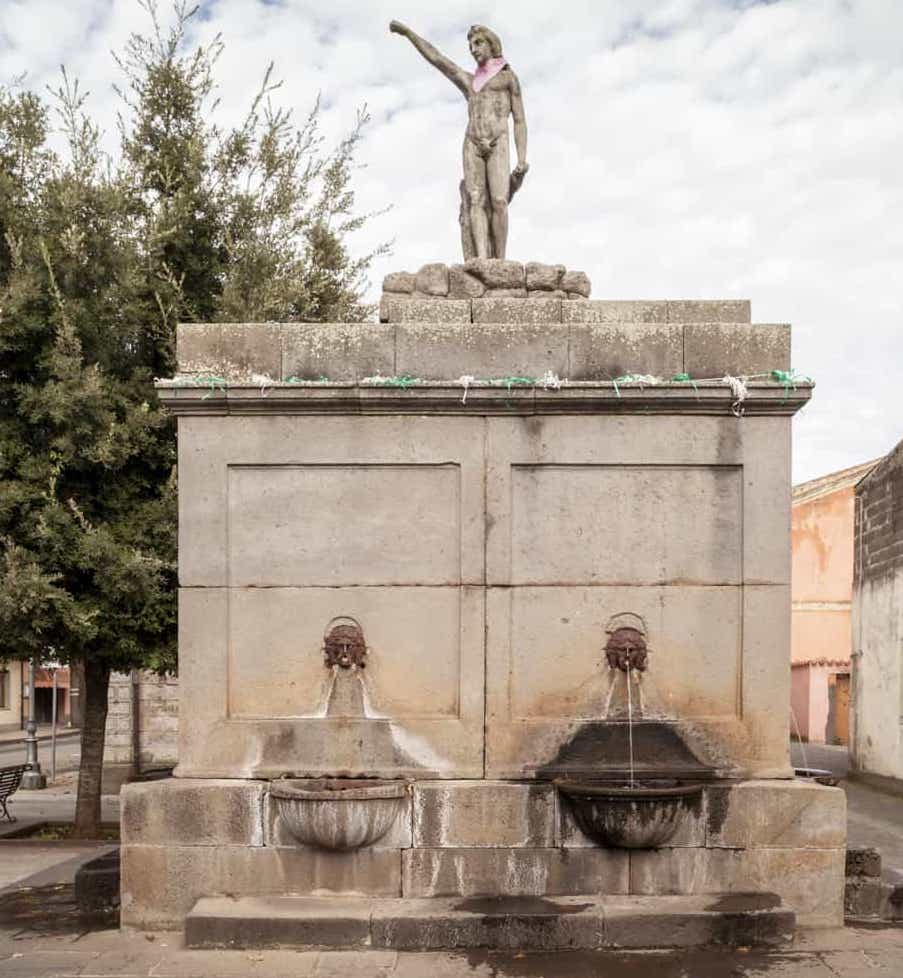Fountains of Sardinia
A research project to safeguard water-related architecture.
Marta Satta, 28 May 2021
Tales of water, places and communities.
We can think of fountains, and all types of water-related architecture, as the starting point for the vital, ancient link between water, life and humanity. These skilfully created structures have been able to bend the indomitable force of water, making it available to both large and small communities.
Uncovering these ancient places and giving them a new focus from a historical, cultural and, of course, architectural perspective, is the basis for the multi-year research project undertaken by Professor Marco Cadinu, lecturer in the Department of Civil, Environmental and Architectural Engineering at the University of Cagliari.

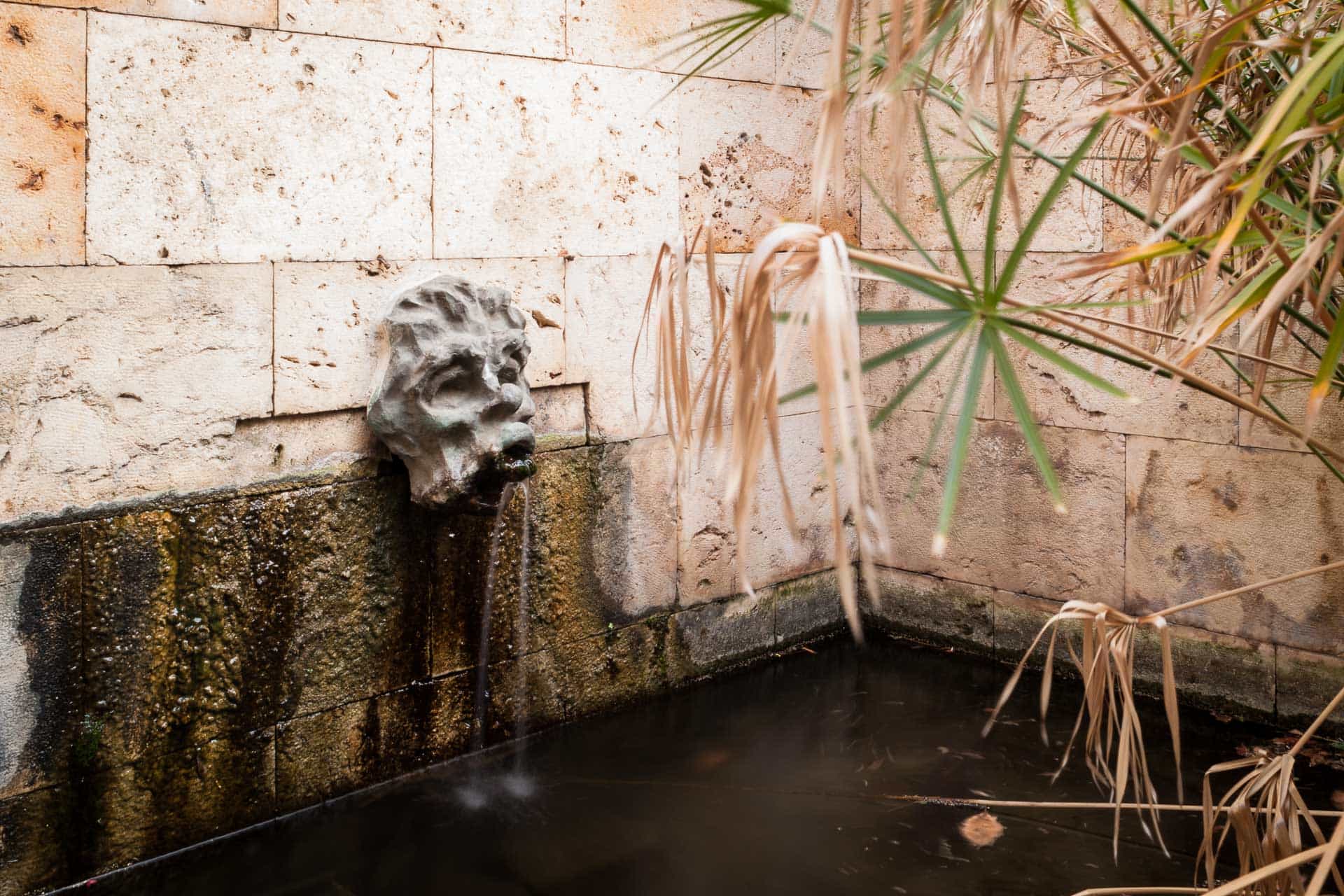
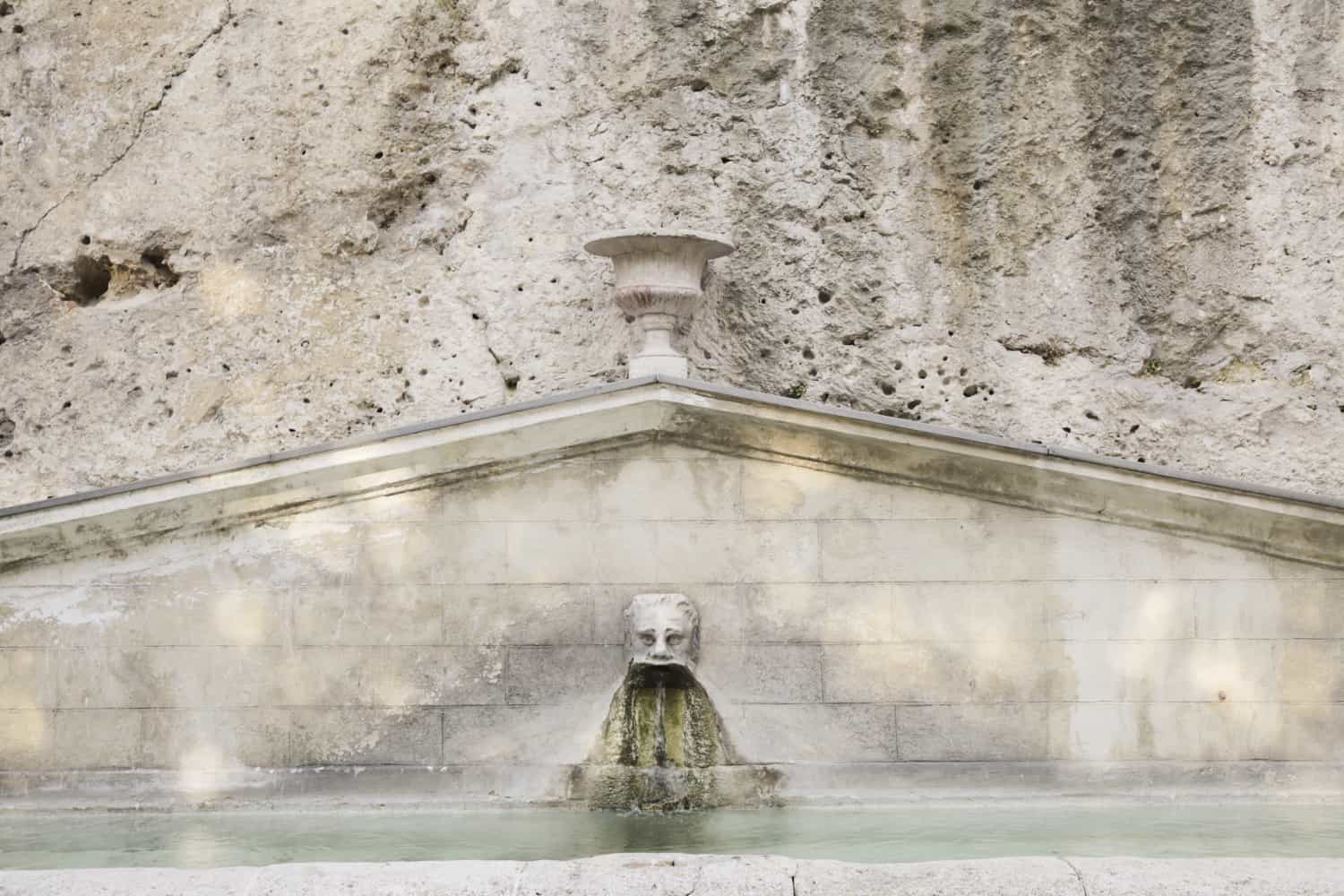
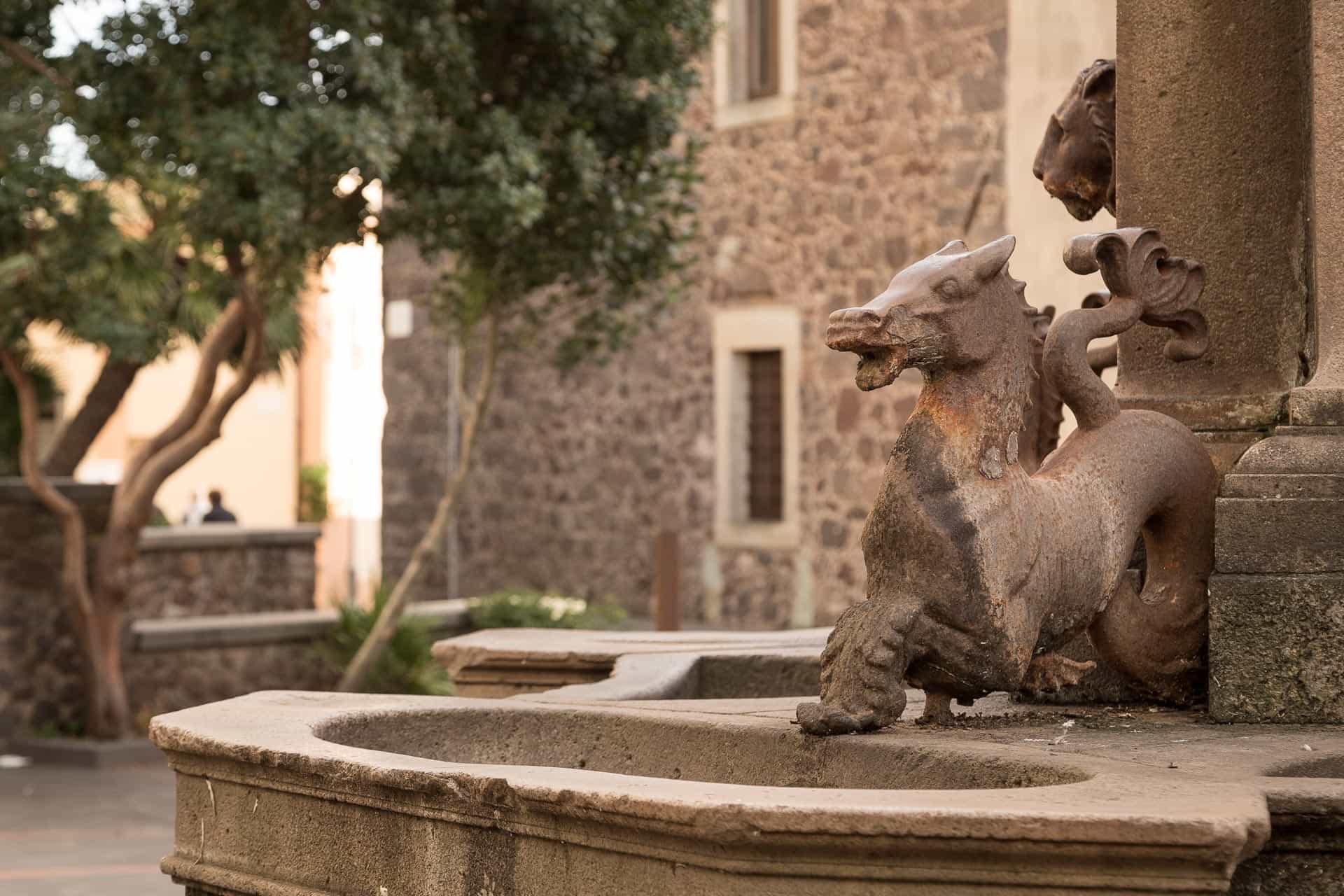
Mapping these sites which symbolise the relationship between man and water is only the first step in a research project which has several objectives: its priority is to understand the relationship between the water source and the community it belongs to, and how its function has changed, from a special place for meeting and socialising, to a place which is often forgotten or, on the contrary, has been transformed into a highly valued cultural and artistic space.
The project was launched in 2010 and since then, through extensive archival and field research, has successfully mapped over 450 water-related structures across the island of Sardinia, located in more than 160 municipalities. The research has also spawned numerous projects which show its importance and impact: a congress and an exhibition, various publications, an on-the-road documentary (Funtaneris, sulle strade dell'acqua, directed by Massimo Gasole) which focuses on the most significant architecture in the region, a website, and an app where it is possible to indicate fountains that have not yet been mapped.
The project has revealed a multitude of different styles and constructions from various eras, ranging from the Middle Ages to the twentieth century, with a peak of construction taking place towards the end of the nineteenth century: it was in this century, in fact, that a new concept of hygiene was developed and water took on a fundamental importance. The research has also highlighted the difference between the various methods of redevelopment and conservation implemented by local administrations.
As a leading example of redevelopment, we can cite the wash-houses in Ulassai and Orani; long unused and abandoned, they have regained their former value thanks to the conversion project which led to the creation of the Stazione dell'Arte museum in Ulassai, dedicated to the artist Maria Lai, and the Nivola Museum in Orani, dedicated to the artist Costantino Nivola. While they may have lost their original function, the washhouses continue to be a meeting place as they once were: in the past, the women of the village met to wash clothes, while today it is art that which brings people together.
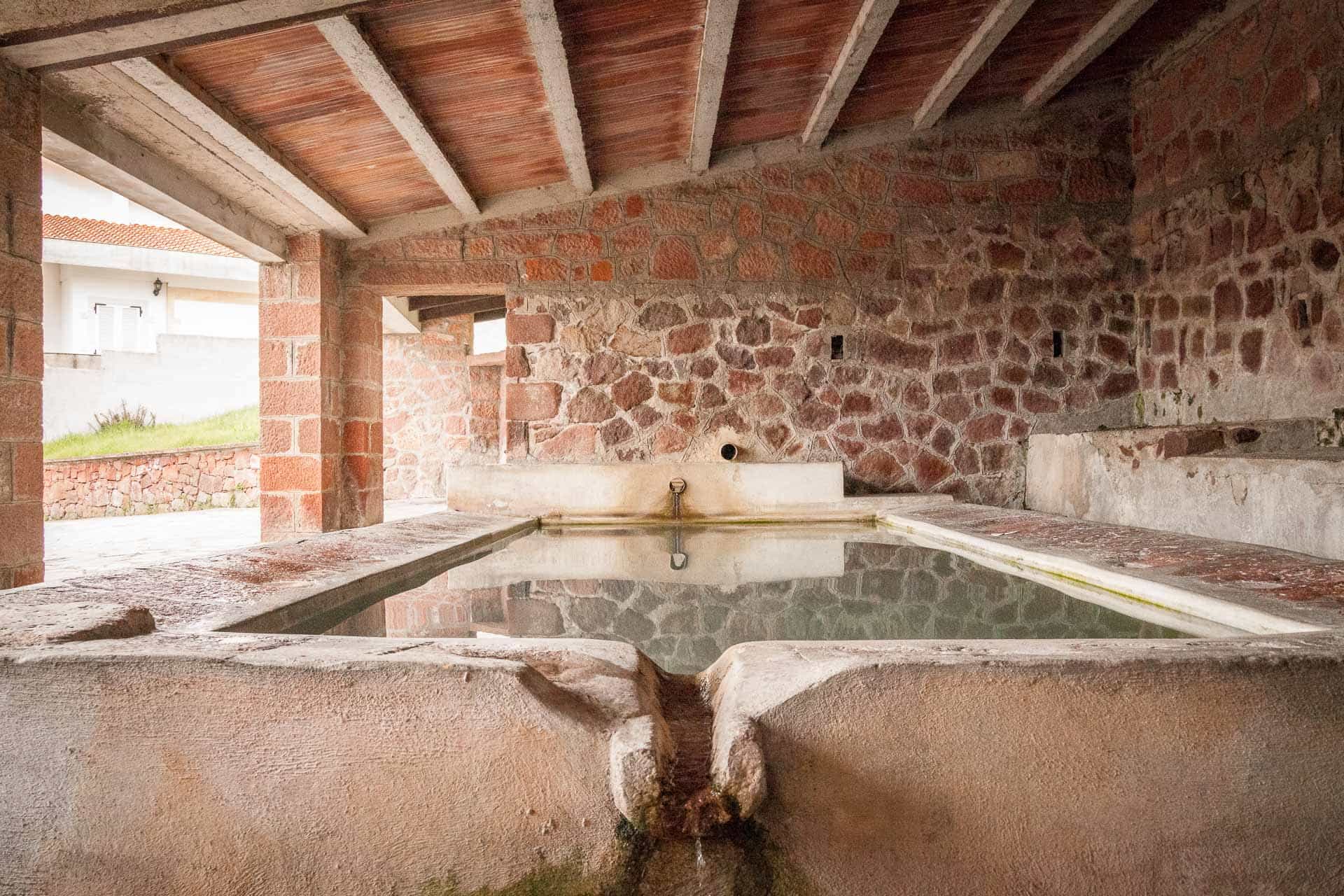



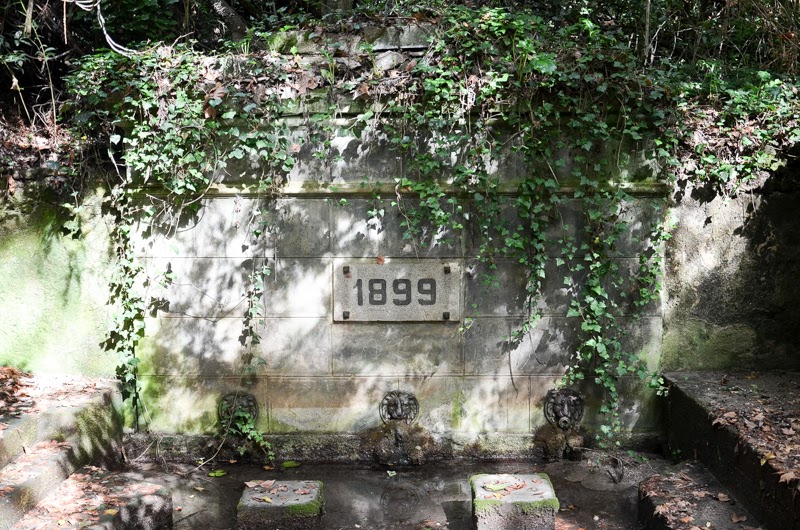
Despite the conversion, both museums still maintain a strong relationship with water. Inside the Ulassai washhouse there is the Fontana Sonora, where the melodies of the water are the protagonists of the artwork designed by Costantino Nivola, to recreate the songs of the women who once went there. The entire structure of the Nivola Museum, on the other hand, is designed to make the most of the spring located inside the museum, and where many of the inhabitants of Orani still get their water. This allows visitors to the museum to interact and build relationships with the community.
Unfortunately, not all local administrations have been able to maintain such a relationship with these water sources: many fountains and washhouses have not only lost their main function, frequently due to the impossibility of certifying the potability of the water, but have also been relegated to the margins of buildings of dubious taste, such as car parks and roundabouts, losing sight of their historical and cultural importance.
